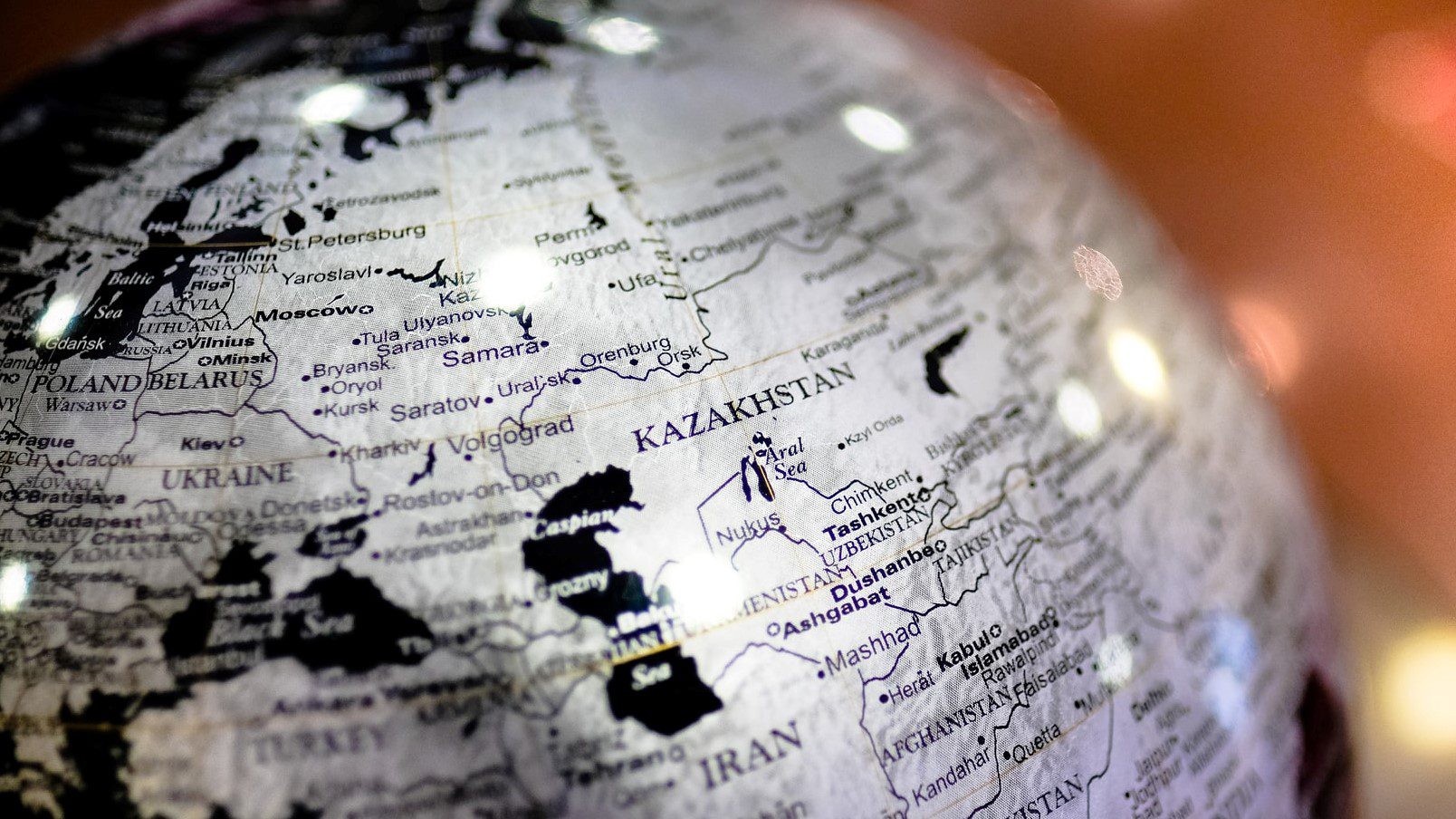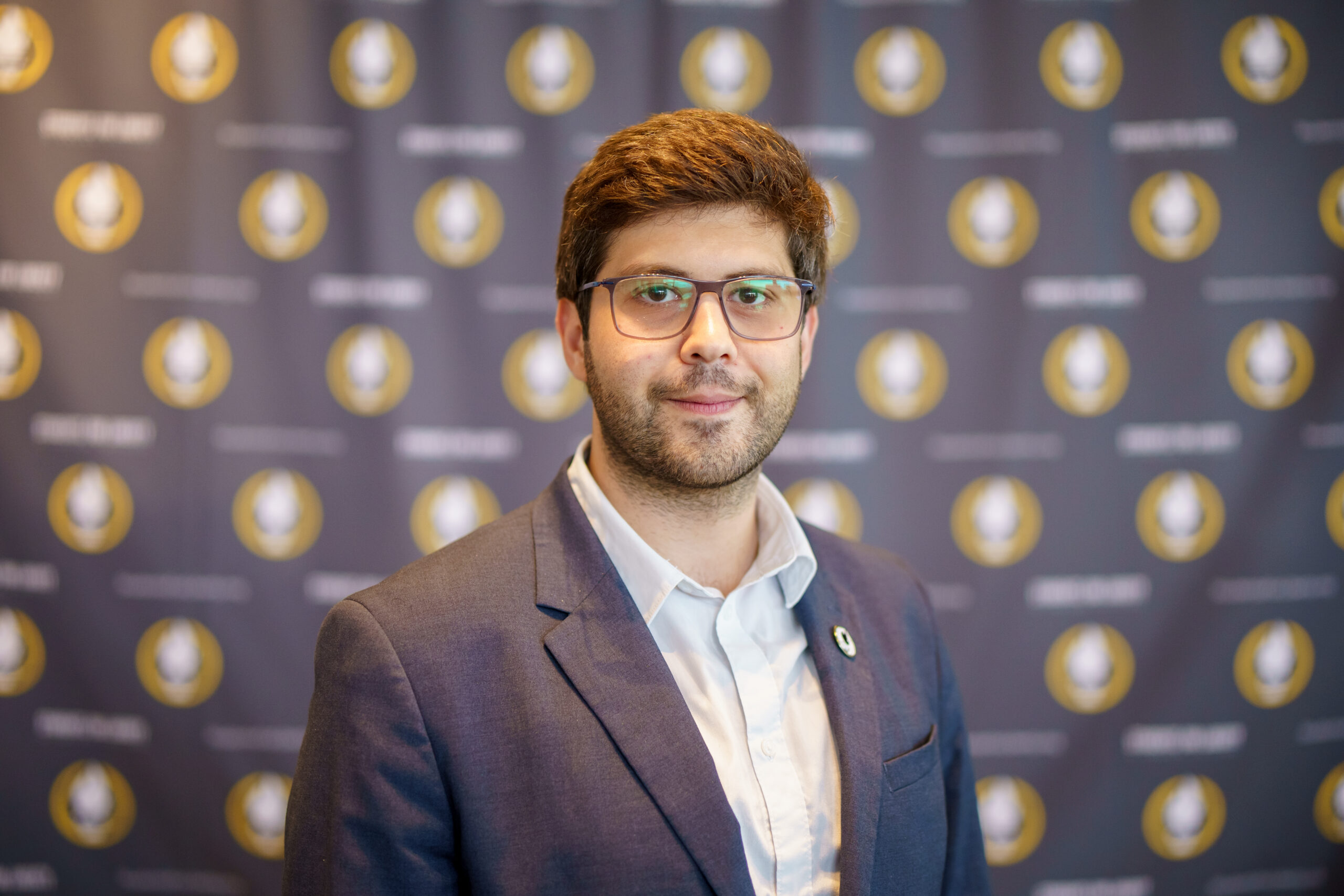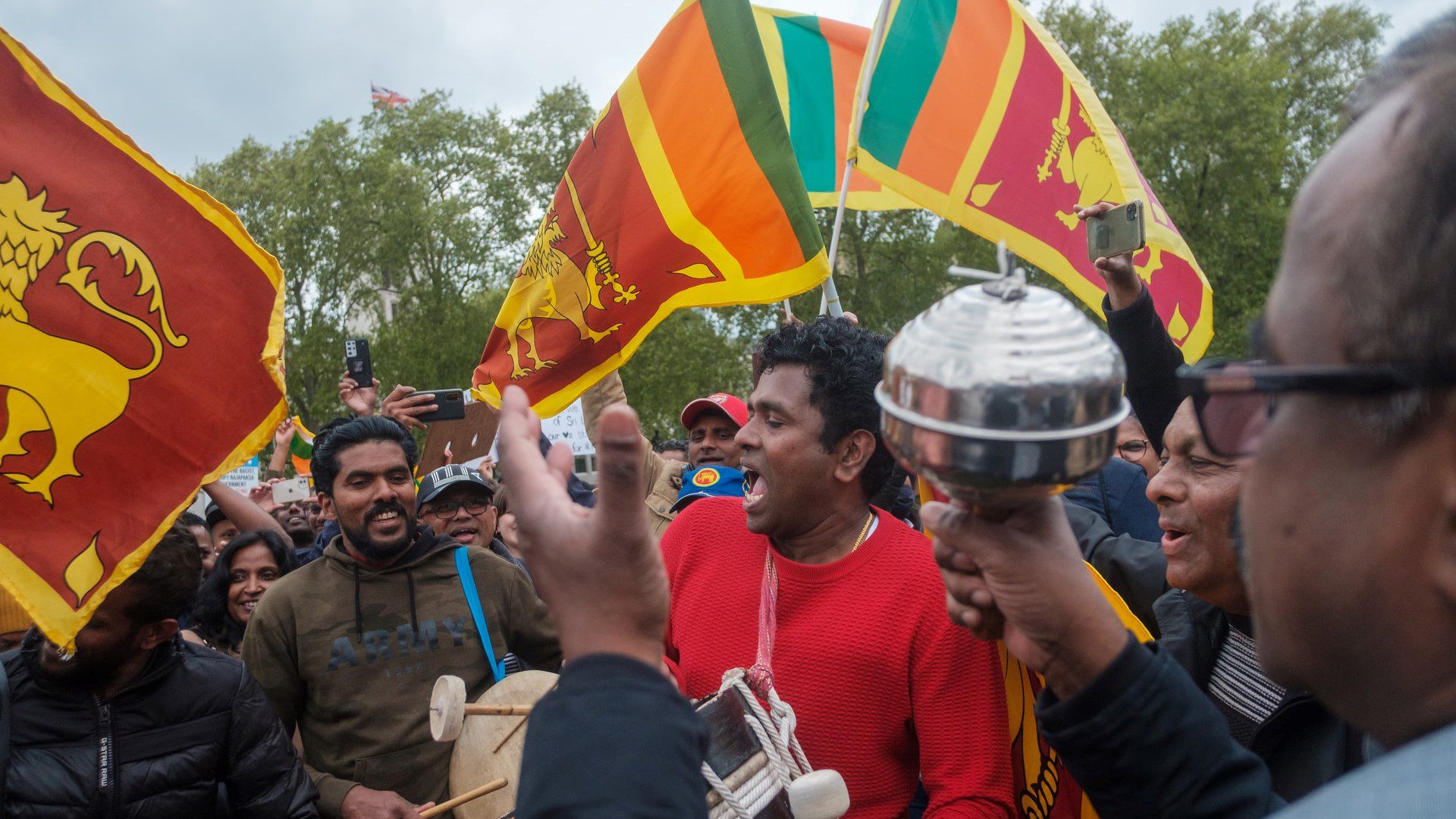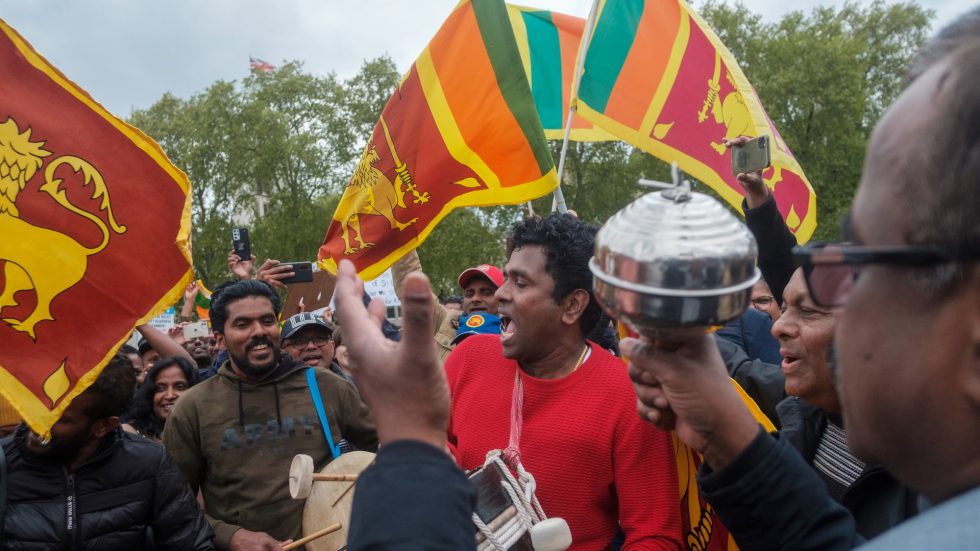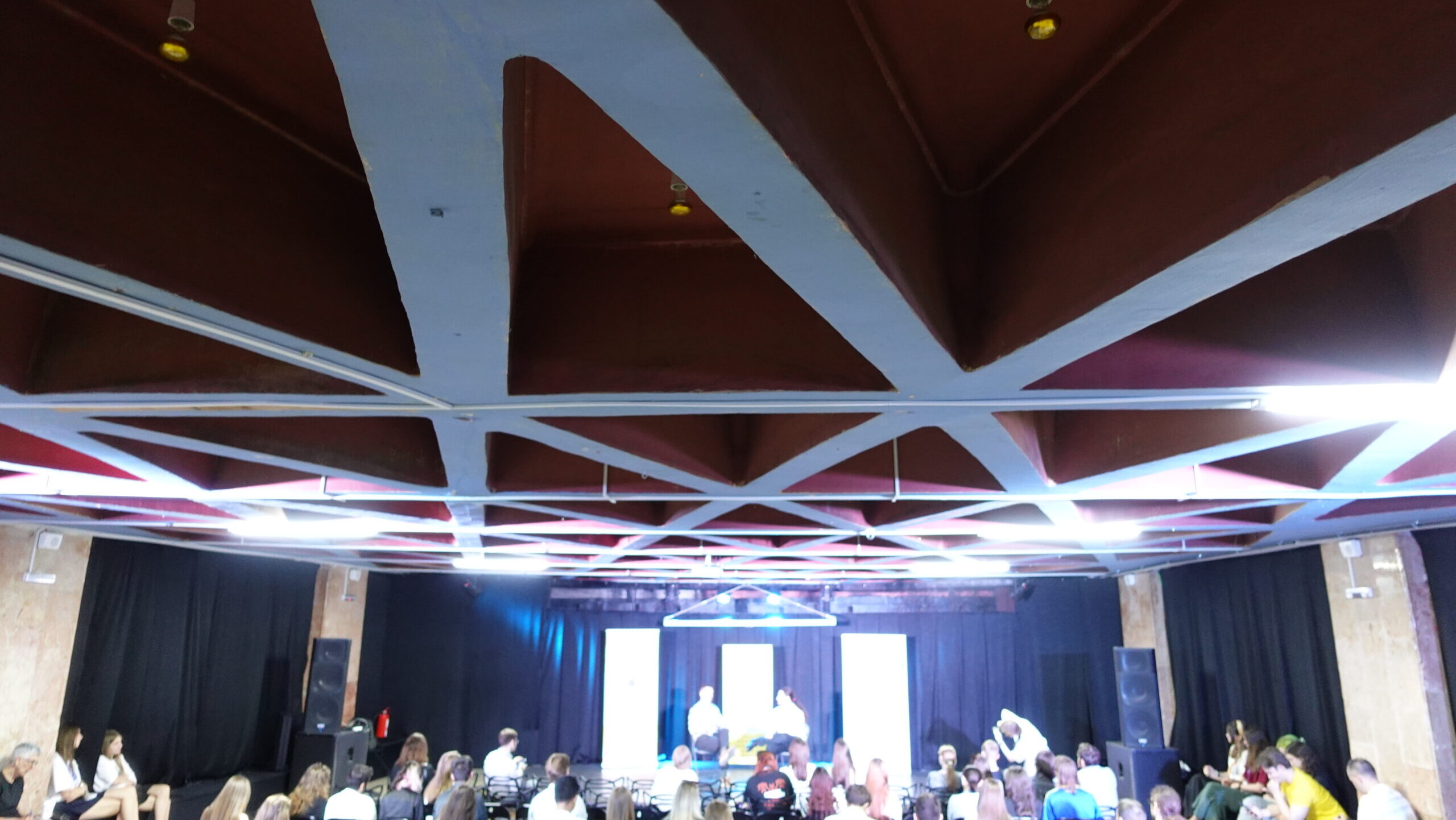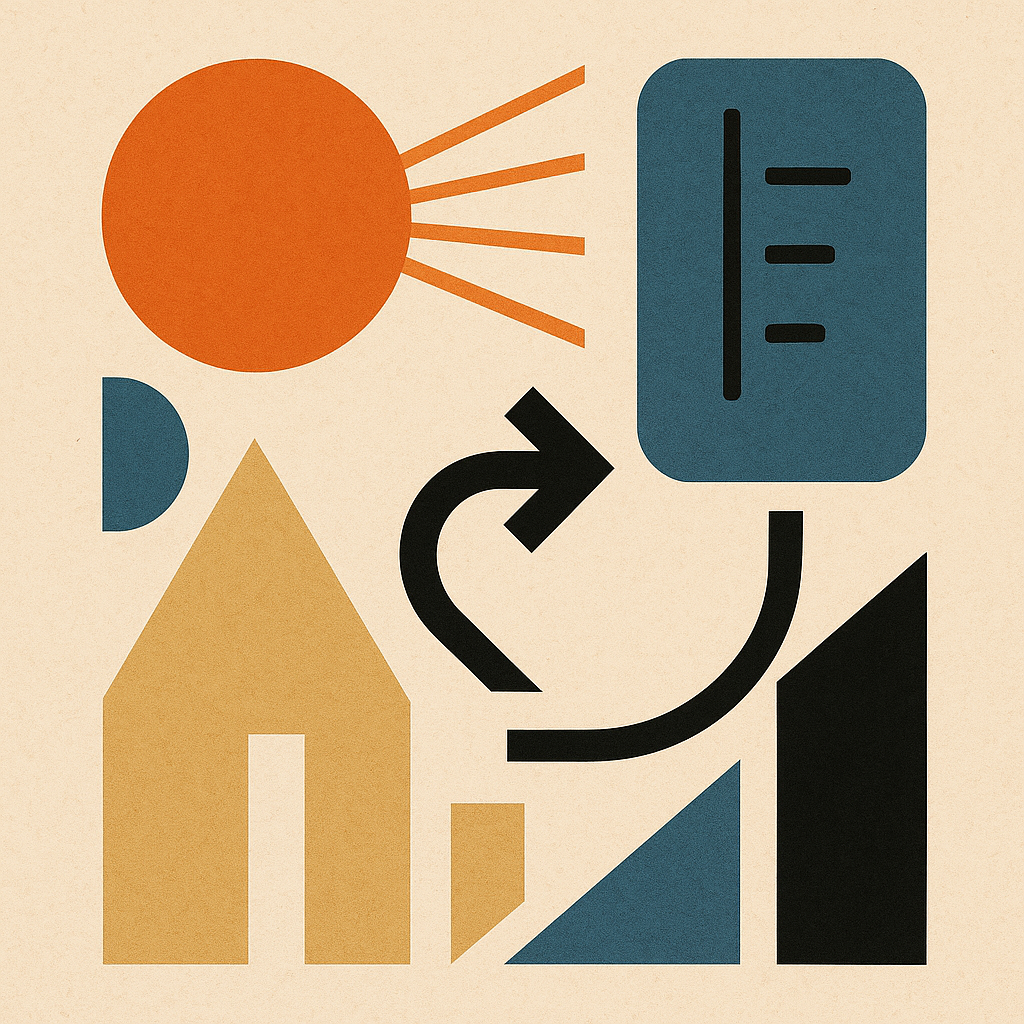In recent weeks, the Central Asian nation of Kazakhstan has witnessed anti-government protests on a scale not seen during its three decades of independence.
Despite many years of authoritarian rule and corruption, this sudden wave of protests has still been a surprise to many in a country lacking organized political opposition. Regardless of the outcome, there is a clear appetite for meaningful change among the people of Kazakhstan.
How did Kazakhstan get to this point?
Kazakhstan became an independent nation in 1991 as part of the dissolution of the Soviet Union. It is the second largest post-Soviet state by land area after Russia, and the ninth largest overall. However, it is sparsely populated, with an estimated population of only around 19 million.
Rich in natural resources, Kazakhstan’s highly centralized economy has relied heavily on its oil and gas reserves, as well as its extensive mineral deposits. The vast landlocked nation shares long borders with Russia and China, both of which have geopolitical interests in the region.
For most of its post-Soviet history, Kazakhstan was ruled with an iron fist by Nursultan Nazarbayev, who resigned as president in 2019, with Kassym-Jomart Tokayev installed as his successor.
None of Kazakhstan’s elections have been deemed as fair by the international community. Indeed, the regime’s detention of political opponents has ensured that Kazakhstan lacks any organized opposition movement.
Internationally, Nazarbayev’s rule was widely condemned as corrupt and autocratic, with little changing under Tokayev’s presidency. Indeed, many observers believe that Nazarbayev, bestowed with the title of Elbasy (leader of the nation) in 2010, remained the unofficial dictator.
Some background to the recent protests
In what is a fundamentally unfree economy and society, the politically well-connected have been able to enrich themselves while the wider population faces stagnation and high rates of poverty. Individuals with ties to the government have long been afforded economic privileges; this is what sparked the original protests.
They erupted on January 2 in the city of Zhanaozen, on the west side of the country. Public anger was initially in response to the government lifting its price caps on liquefied petroleum gas, a low-carbon fuel widely used to power private vehicles in Kazakhstan. Overnight, the price of liquified petroleum almost doubled.
Spontaneously and without coordinated leadership, the protests rapidly spread across the nation. Thousands of people took to the streets in Almaty, Kazakhstan’s largest city, as well as in Nur-Sultan, the capital city formerly known as Astana, renamed in 2019 in honor of former president Nursultan Nazarabayev.
Soon, it became clear that the protests were about more than just fuel prices, but about wider issues including authoritarianism, corruption, and nepotism, which have held the country back for so long.
Protesters were also angry about Nazarbayev’s continued influence, demanding his resignation from the security council.
On January 5, Nazarbayev resigned, as did the Prime Minister, Aksar Mamin. The government then decided to temporarily restore price caps on fuel in a bid to quell public anger. However, this did little to appease the thousands of protesters now intent on seeing meaningful political reform, as President Tokayev himself took Nazarbayev’s place as Chairman of the Security Council.
Kazakhstan has cracked down heavily on protests
Amid internet blackouts and curfews at the height of the protests, Tokayev invoked the Collective Security Treaty Organization, inviting Russian troops to enter Kazakhstan to assist with his heavy-handed crackdown using tear gas and stun grenades.
This opportunity to intervene will have been welcomed by Vladimir Putin, as Russia and China both vie to exert their influence in Kazakhstan and across Central Asia. Indeed, Kazakhstan is often seen as key to China’s Belt and Road Initiative.
As Russian troops arrived in Kazakhstan, Tokayev labelled the protesters as “bandits and terrorists,” promising that those who did not surrender would be “eliminated.” As such, security forces were instructed to fire without warning.
According to state media, by January 9, some 164 people had been killed, at least 2,200 more had been treated for injuries, and around 10,000 had been arrested, although the actual figures could be higher.
With the government now claiming that “order has been restored,” it appears that the protest movement is losing direction. Some important concessions have been granted, but with no official opposition after years of political repression, these will likely not suffice for those determined to bring about change in Kazakhstan.
However, what the protests have shown is that there is a widespread hunger for change in Kazakhstan. With perseverance, a growing opposition to authoritarian rule is a distinct possibility. One way or another, Russia and China will be watching with great interest.
To read more about some of the issues facing the countries of the post-Soviet sphere, be sure to check out our piece on this topic by clicking on the button below.
This piece solely expresses the opinion of the author and not necessarily the organization as a whole. Students For Liberty is committed to facilitating a broad dialogue for liberty, representing a variety of opinions. If you’re a student interested in presenting your perspective on this blog, send your piece to [email protected], and mention SFL Blog in the email subject line for your chance to be published and be seen!
